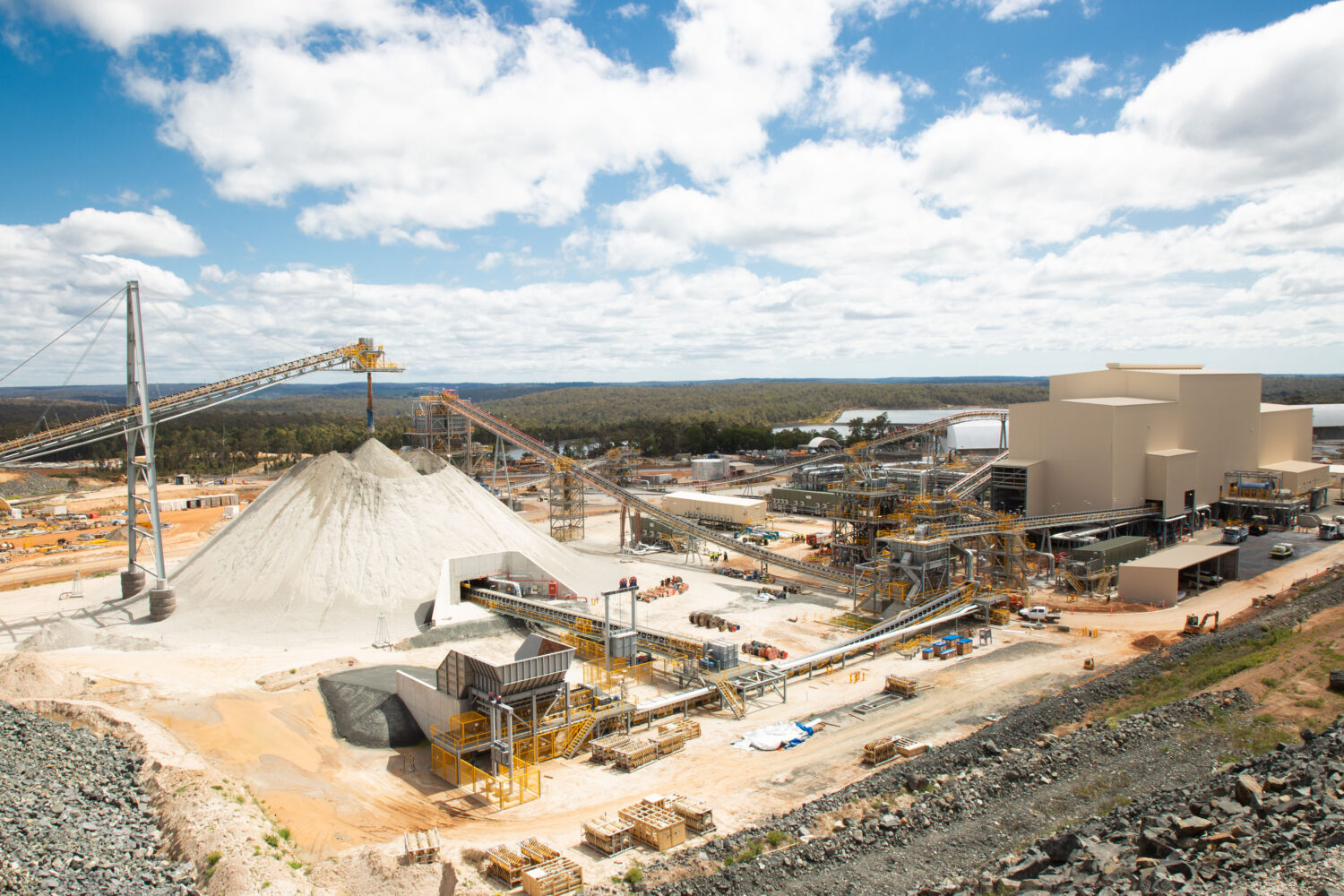 https://earth-investment.com/wp-content/uploads/2023/05/GreenbushesLithiumMine-1500x1000.jpg
https://earth-investment.com/wp-content/uploads/2023/05/GreenbushesLithiumMine-1500x1000.jpg
Translated from the original German article:
The growth prospects for lithium and rare earths are excellent against the backdrop of the energy transition. However, their recent price development has priced in much. Currently, investors should therefore be cautious about these commodity groups.
It is no longer just climate change that necessitates a turnaround in energy policy in Germany and throughout Europe. Russia’s invasion of Ukraine has once again clearly shown us how urgently we need to become independent of fossil fuels and their imports. The expansion of renewable energies and electromobility is increasingly becoming a priority task for policymakers. However, this is also accompanied by an enormous demand for critical raw materials, as the International Energy Agency (IEA) states in its World Energy Outlook of 2021.
An onshore wind turbine requires nine times more minerals than a gas-fired turbine. A typical electric car requires six times as many minerals as a conventional vehicle. Yet demand for e-cars, for example, is set to increase sharply in the coming years. Last year, for example, six million electric vehicles were already produced and, according to the IEA, around 245 million electric cars and plug-in hybrids are expected to be on the roads worldwide in 2030 – which would represent annual growth of 36 percent.
Massive price increase for lithium and rare earths
Lithium and rare earths are also expected to benefit from all this. “The energy transition, electric vehicles and digitalization are the main drivers behind the growing demand for these raw materials,” explains Fabian Erismann, geologist and raw materials analyst at Earth Resource Investments (ERI). And recently, their prices have literally gone through the roof. While a ton of lithium carbonate still cost 6,750 US dollars in January 2021, it was around 74,270 US dollars in April 2022 – more than ten times. The price of neodymium, a rare earth element, has climbed 250 percent since mid-2020.
And that can be explained by its role in the energy transition. For example, neodymium is used in permanent magnets, which are an essential part of modern electric motors, and lithium is an important component of battery technology in electric cars. “It can therefore already be assumed that demand for these metals will increase,” says Erismann, but at the same time warns that “investors should be very aware of the specifics of these markets before betting on companies from these sectors.”
For example, he points out that the massive price increase is not solely due to rising demand. “You have to keep in mind that both the lithium market and the rare earth market are very small and highly volatile.” Most recently, for example, this was also triggered by supply chain problems that also affected the supply of these metals.
Elastic supply
He also points to China’s pricing power. “That’s where 80 to 90 percent of the value creation takes place, which means the country has a huge influence on the pricing of both lithium and rare earths,” the analyst explains. In addition, there is a very elastic supply. “If the price rises, more can be produced very quickly, which is why we are now seeing a countermovement after the price explosion.” Therefore, the expert does not believe that lithium and rare earths will continue their price increase from the current level. “In my opinion, the market is currently overheated and it will only become interesting for us again when we see a calming of prices.”
Those who still want to invest, however, should also be familiar with the metals themselves. “For example, you should know that there are lithium hydroxides and carbonates, and that lithium hydroxides are better suited if more nickel is used in batteries in the future,” he says. “So hydroxides and spodumene, another ore form of lithium from which lithium hydroxide is extracted, have the better growth prospects.” But the rare earth market is also complex. In all, it includes 17 different metals, with a distinction between light and heavy rare earths.
Exploration companies in focus
“We focus on the light variety, which make up the vast majority of the market,” Erismann explains. “And we focus on exploration companies, where the potential of the deposit is often not yet included in the price.” To really assess that, though, it’s not enough to read a company’s numbers and reports. A key point at ERI is therefore to take a very close look at the deposits on site. Among other things, this involves their profitability, cost structure or sustainability criteria. “Also, radioactive elements are often found in rare earth deposits, as rare earths, uranium and thorium have similar ionic radii. This can lead to difficulties when it comes to mining permits,” the expert explains.
In this way, Erismann and his colleagues have repeatedly found interesting exploration companies in the lithium and rare earths sectors in recent years. But given the rapid rise in prices, they are currently no longer involved there. “In fact, we currently tend to assume that the market will calm down with falling prices, which is why the risks outweigh the opportunities,” he concludes. He considers the copper, nickel or zinc markets to be more exciting at the moment. “They are all also beneficiaries of the energy turnaround, but the markets are larger and less volatile, and very attractive companies can be found there at the moment.”